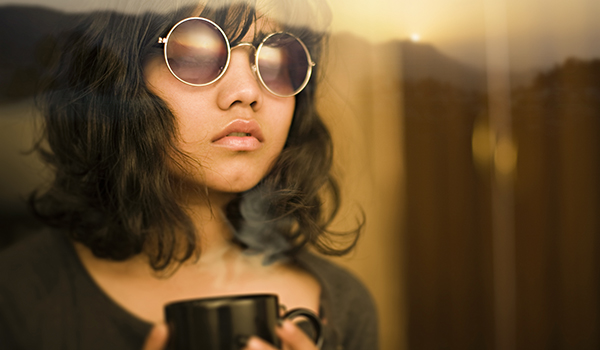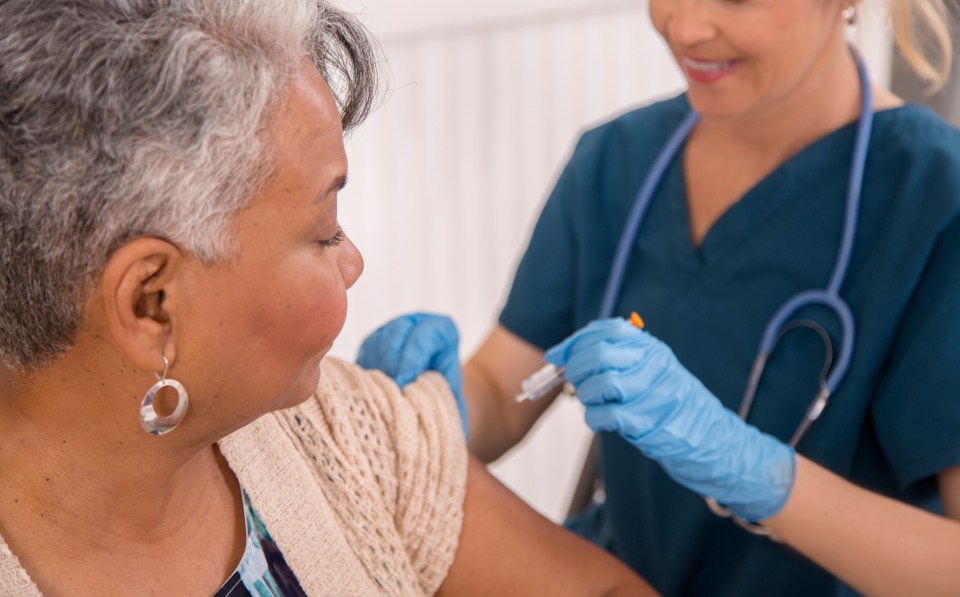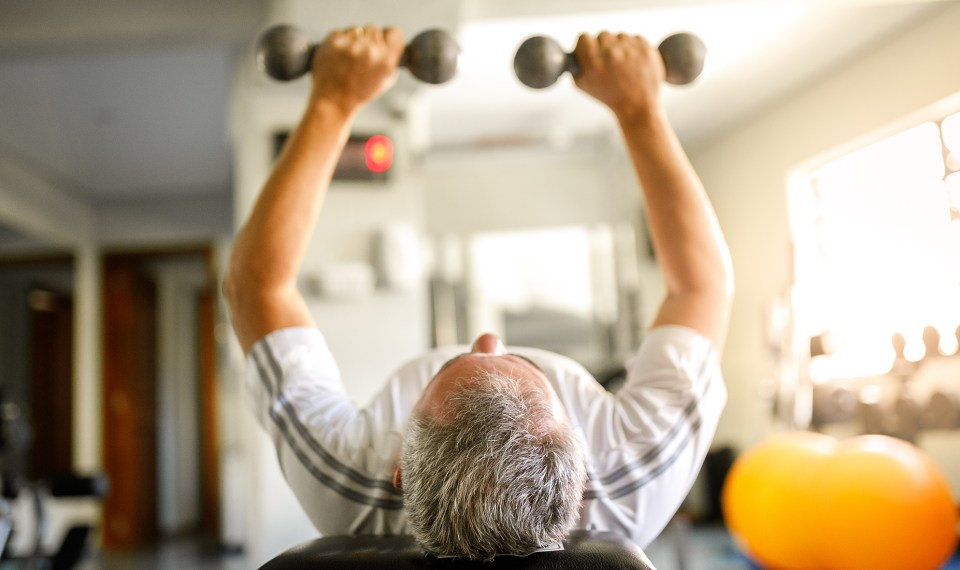President Biden wears aviator sunglasses as he descends the stairs of Air Force One, but you never see him wearing sunglasses indoors. However, it is not unusual to see movie stars and other famous people wearing their designer sunglasses at indoor events.
Sunglasses are an accessory prevalent across all ages, races and regions of the country. While most people reach for their dark lenses because of the bright glare of the sun, other people wear their shades for more reasons than simply sun protection. Sometimes, these reasons cross the threshold into the home, workplace, shopping mall, sports arena and the doctor’s office.
It could be they want to hide deformities of their eyes or face. This can range from a temporary black eye to something more permanent. Or maybe they are wearing sunglasses indoors to hide their identity. Sunglasses can hide the shape or color of an individual’s eyes. Larger styles can also cover more extensive areas of the face.
Those wearing sunglasses inside could just be trying to look stylish or express a sense of mystery. Entire stores and websites are now devoted to multiple styles and colors of sunglasses to help their customers better express their sense of fashion.
But some people have medical reasons to wear their sunglasses both indoors and out.
Photophobia: It’s Too Bright
People have medical and psychiatric conditions in which light causes discomfort in the head or eye. Other people avoid bright lights, but don’t actually experience any pain. Both of these instances are known as photophobia.
A study examined 111 adults and 36 children who were seen at a university eye clinic and diagnosed with “photophobia.” A cause for this complaint could not be found in most of the children, but the majority of the adults did have a medical reason for their sensitivity to light. Here are some reasons why people wear sunglasses indoors:
- Dry eyes. This is likely the most prevalent cause of photophobia. Healthy eyes produce tears to lubricate the cornea, the thin tissue covering the iris and pupillary area of the eye. A lack of lubrication causes changes in the cornea’s pain fibers, which may make them sensitive to bright lights. This problem is usually easily solved with eye drops and lubricants.
- Migraine headaches. One of the classic symptoms of migraine headaches, photophobia caused by bright lights can affect migraineurs in multiple ways. Bright light or glare, like florescent light or the reflection of sun off of a car’s window, triggers between 30 and 60 percent of migraine attacks. It is easy to have filters built into your glasses to reduce glare, particularly coming from computer and cellphone screens. Many migraine sufferers retreat to a dark room, pull the curtains closed and reach for their sunglasses when they notice their migraine symptoms. Brain PET (positron emission tomography) scans, which measure blood flow and chemical activity in the brain, have shown us that the brain is more excitable during a headache, but especially at the time that the test subject complained about sensitivity to light. This means that the photophobia and photosensitivity experienced during a migraine actually stems from the brain, not the eye. Luckily, many medications are available for these type of migraine symptoms. (http://www.nlm.nih.gov/medlineplus/ency/article/007341.htm), (http://www.ncbi.nlm.nih.gov/pubmed/21148120)
- Brain Injury. Although many visual complaints may be part of the headaches associated with a mild head injury, it is not uncommon for people who have had a concussion to complain about bright lights and problems with glare. The good news: this usually resolves within six months.
- Emotional Causes. Most eye clinics will see patients with photophobia for which no medical explanation can be found. Some patients actually fake their visual loss. The Neuroophthalmology Unit at Emory University concluded that the patients who wore sunglasses in their waiting room were associated with a 79.4% chance of having “non-organic visual loss.” That is, these patients’ loss of vision was caused by their emotional state – or they faked their complaints. (http://www.ncbi.nlm.nih.gov/pubmed/18195266)
Just as a gentleman always removes his hat while inside, sunglasses are rarely justified indoors. In fact, chronic darkness increases one’s sensitivity to light and pain. For those that don’t suffer from photophobia, it’s time to take off your shades inside – it’s not only polite, it’s also good for your eyes. That is, unless you are someone famous.
The content of this site is for informational purposes only and should not be taken as professional medical advice. Always seek the advice of your physician or other qualified healthcare provider with any questions you may have regarding any medical conditions or treatments.




